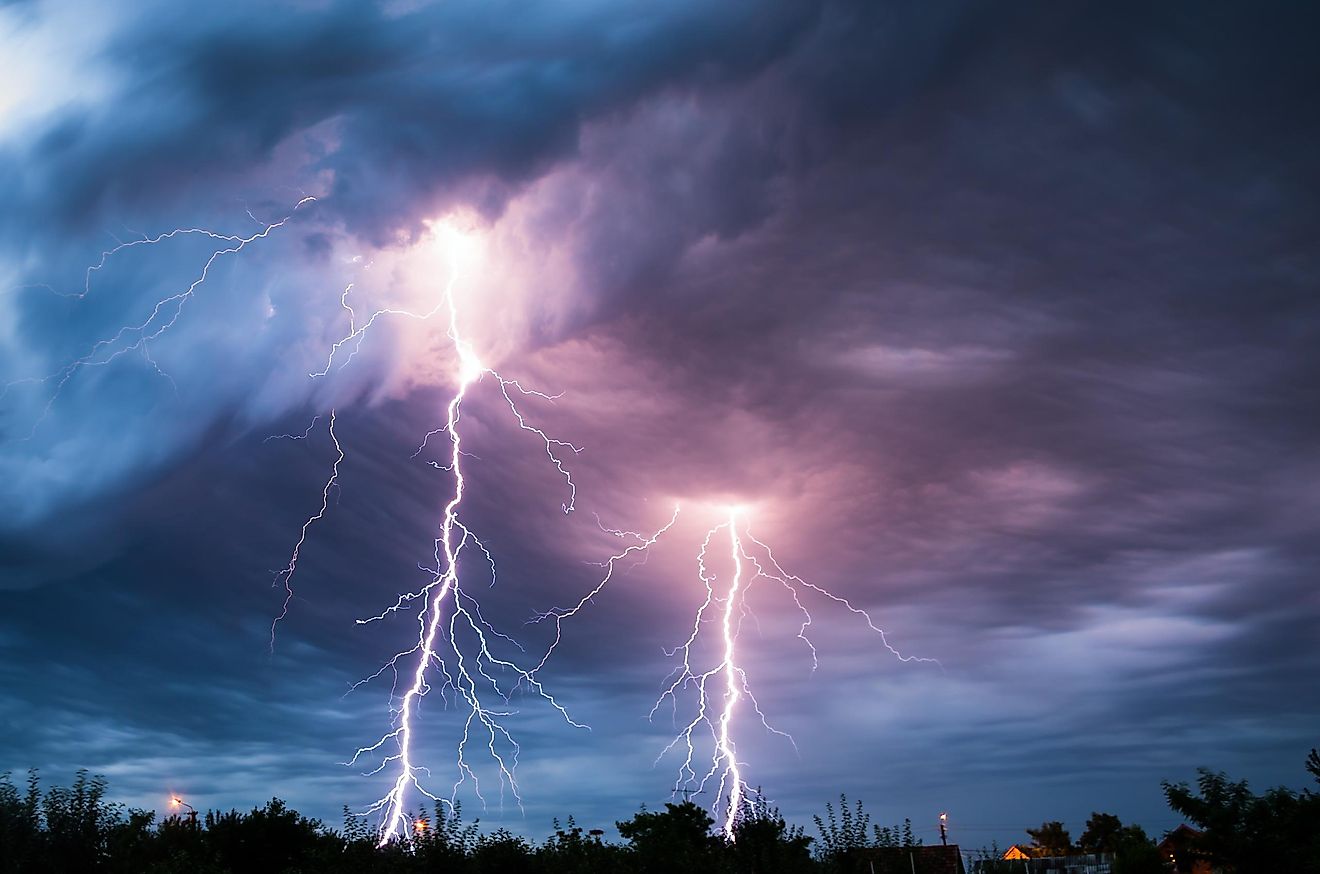What Exactly Are Shadows?

- Shadows typically encompass the entirety of the three-dimensional volume of the space behind the object.
- With a nonpoint source of light, the shadow has three parts: umbra, penumbra, and antumbra.
- Shadows in outer space are extremely sharp, with clearly visible boundaries and outlines between light and dark.
Shadows are everywhere around us; we see them almost constantly. But have you stopped to think about what they are exactly? And how would we define them? The easiest way to describe shadows is as dark areas where an object blocks the light that is coming from a light source. This object needs to be opaque, which means that it is impenetrable to electromagnetic radiation, most notably light.
Shadows normally take up the entirety of the three-dimensional volume of the space behind the object. If we took a look at a cross-section of a shadow, we would see that it looks like a flat silhouette. A shadow is a reverse projection of whatever object is placed in front of a light source.
Light Sources
Light sources are separated into a point and nonpoint sources. A shadow that is cast by a point source of light is simple and is called an umbra. If we are talking about a nonpoint source of light, the shadow has three parts. Those parts are umbra, penumbra, and antumbra.
The umbra is the darkest part of a shadow, the one that is at its innermost part. The penumbra is the region where only a part of the light is obscured. Finally, the antumbra is the region where the body that is blocking the light source appears entirely within that same source of light, its disc, to be precise.

If the light source is wide, the shadows will be blurry. They will become more blurry if we increase the width of the light source. An interesting phenomenon is the shadow blister effect. This happens when two penumbras overlap with each other, and the shadows start to merge.
The Diffusion Of Light
We can find the outlines of shadows if we trace the rays of light that come from the outer zones of the light source. The umbra is the darkest part of the shadow because it does not receive any light directly from the source, or any of its parts. If we were to stand in the umbra of a shadow, we would not be able to see the parts of the light source directly.
The light source partially illuminates the penumbra, so we would be able to see it if we stood there. However, the view of the light source would still be blocked by whichever object is responsible for the shadow. With more than one light source, we get more shadows. The places where they overlap are darker, and can even be of a different color than usual. Once we start diffusing the light, the shadows become increasingly softer and lose their outlines, until they completely disappear.
Shadows in outer space are extremely sharp, with clearly visible boundaries and outlines between light and dark. This happens because there are no atmospheric effects that diffuse the light. If a person were to touch the place where a shadow is being projected, the two shadows would also converge exactly where the point of contact is. Shadows are distorted, but they still show the exact silhouette of an object.











